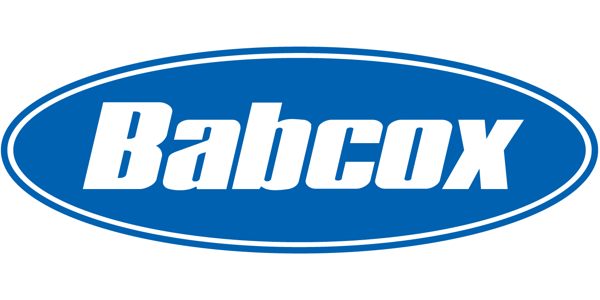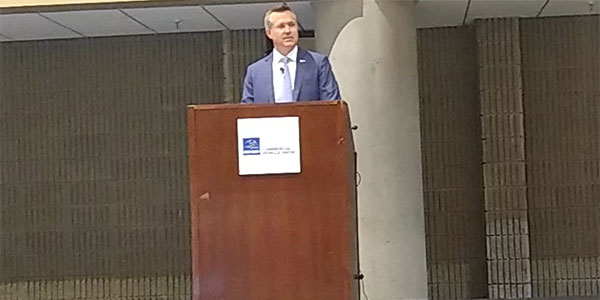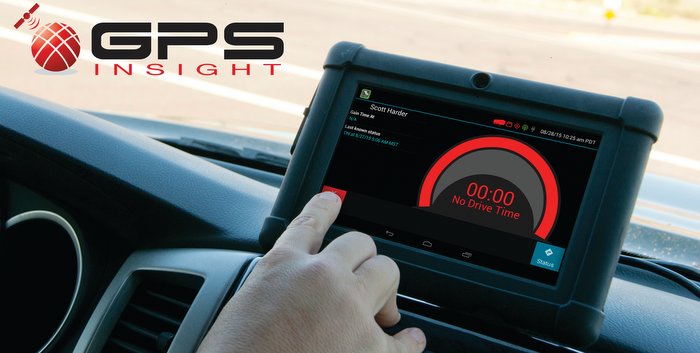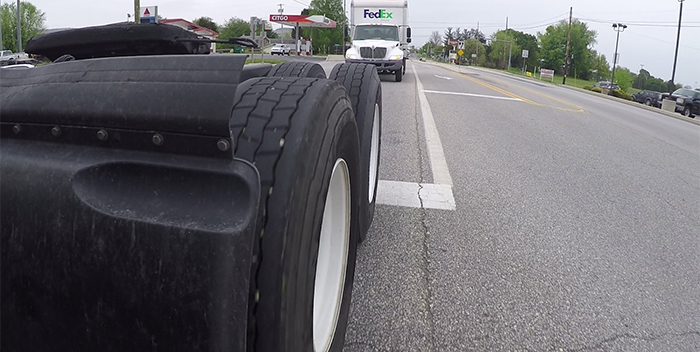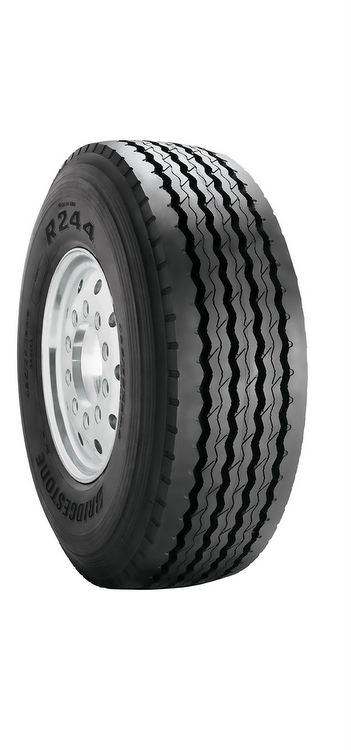In this column I have devoted considerable attention to the importance of building technician credentials – training and certifications.
That is an easy premise to endorse, but (no surprise) significantly more difficult to accomplish. Take ASE certification, for example. What is the motivation for a technician to put his or her knowledge to the test? Let’s face it, passing a written test is different from fixing a truck.
You’ve probably heard statements like these: “I know an ASE-certified technician who couldn’t fix a bicycle,“ or its corollary, “I know a technician who can fix any problem you can throw at him, but is unable to pass an ASE-certification test.” I’m sure situations such as this do exist, but more often than not, I think these statements are used to justify the anxiety a technician understandably feels when confronting the certification decision and the possibility of failure.
Regardless, you may want to consider how you as a fleet manager can encourage and motivate technicians to test for and achieve voluntary certification. There is data that supports the fact that ASE-certified technicians are more accurate and productive on the job. The reason excuses are given not to try for certification may lie in the fact that some of the core values of the certification are often misunderstood or unrecognized.
There seems to be the perception that the ASE test authors don’t appreciate much about “being a technician,” when, in fact, just the opposite is true. Technicians and technician trainers – the people who are most familiar with the job – are the principal participants in the question development, and the design and definition of ASE certification tests. By the way, they also set the passing scores.
These experts build credibility into the test and the credential, which ensures that the questions mirror “real-world” scenarios and address the types of diagnosis and repair situations technicians would likely encounter daily when doing their jobs. This means that, for the most part, special knowledge or preparation to pass the test is minimized, if the technician already satisfactorily performs on the job in the specialization area.
Since ASE certification is often misunderstood or unrecognized, let me clarify the question validation process. Before any question is used in a scored certification test, it is pretested and must meet certain performance benchmarks, in order to ensure that it measures the knowledge it was intended to measure. And who performs this validation? The certification candidates themselves. So, by the time a question makes it to the actual certification test it is has undergone significant scrutiny by real technicians, has passed muster, and can be relied on to provide information sufficient to make a certification decision.
The ASE certification process is about measuring technicians’ knowledge of the skills required to perform their jobs, not about their ability to take a test. Every reasonable step has been undertaken to ensure that this is the case. So, although there will always be exceptions to the rule, a “good” technician should not be intimidated by the prospect of certification testing.

